Fascination with Iceland as a travel destination can be traced back to the 18 th century, but it really gathered steam in the 19th . In turn, excursions by Europeans to this remote island in the North Atlantic generated a rapidly burgeoning body of travel narrative. The second half of the nineteenth century was the heyday of Icelandic travel literature, primarily British, but also American and European. While each writer relates a difficult yet exciting trip, it is clear that the track from Reykavik to Thingvellir and the geysers is well beaten ..
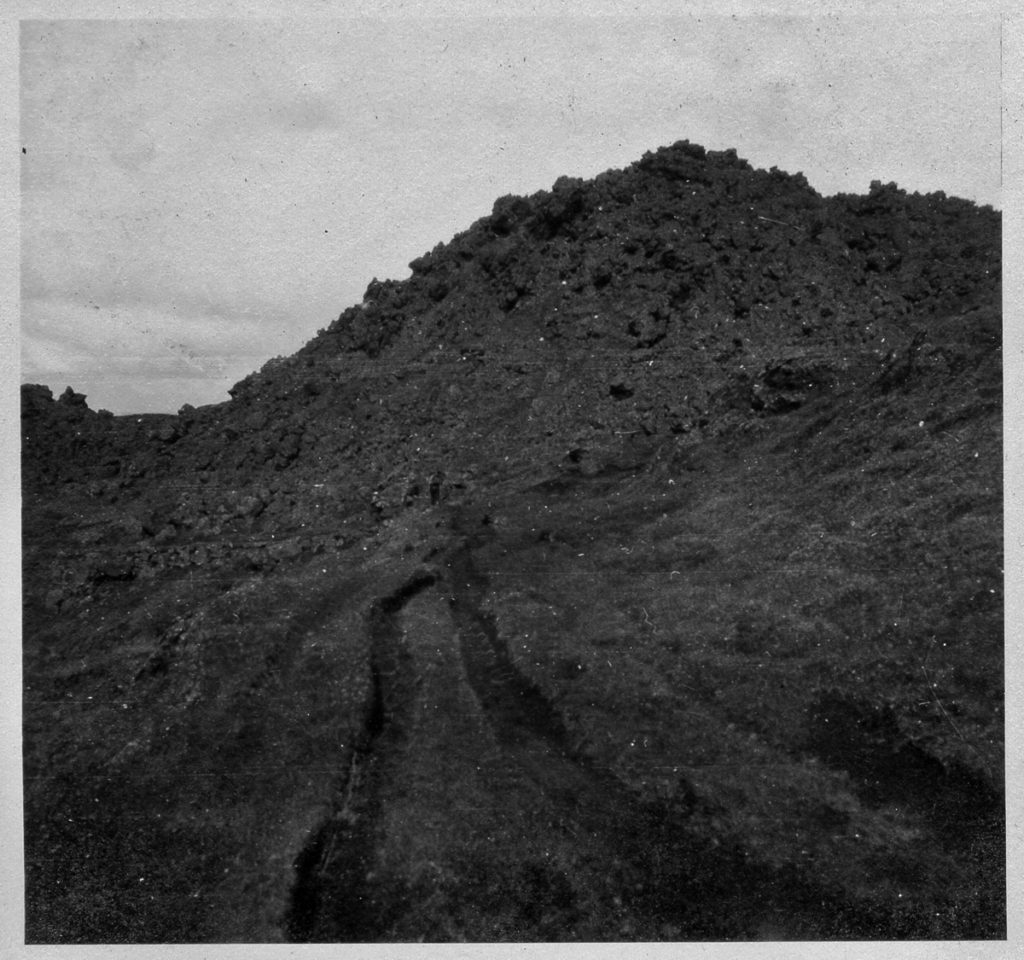
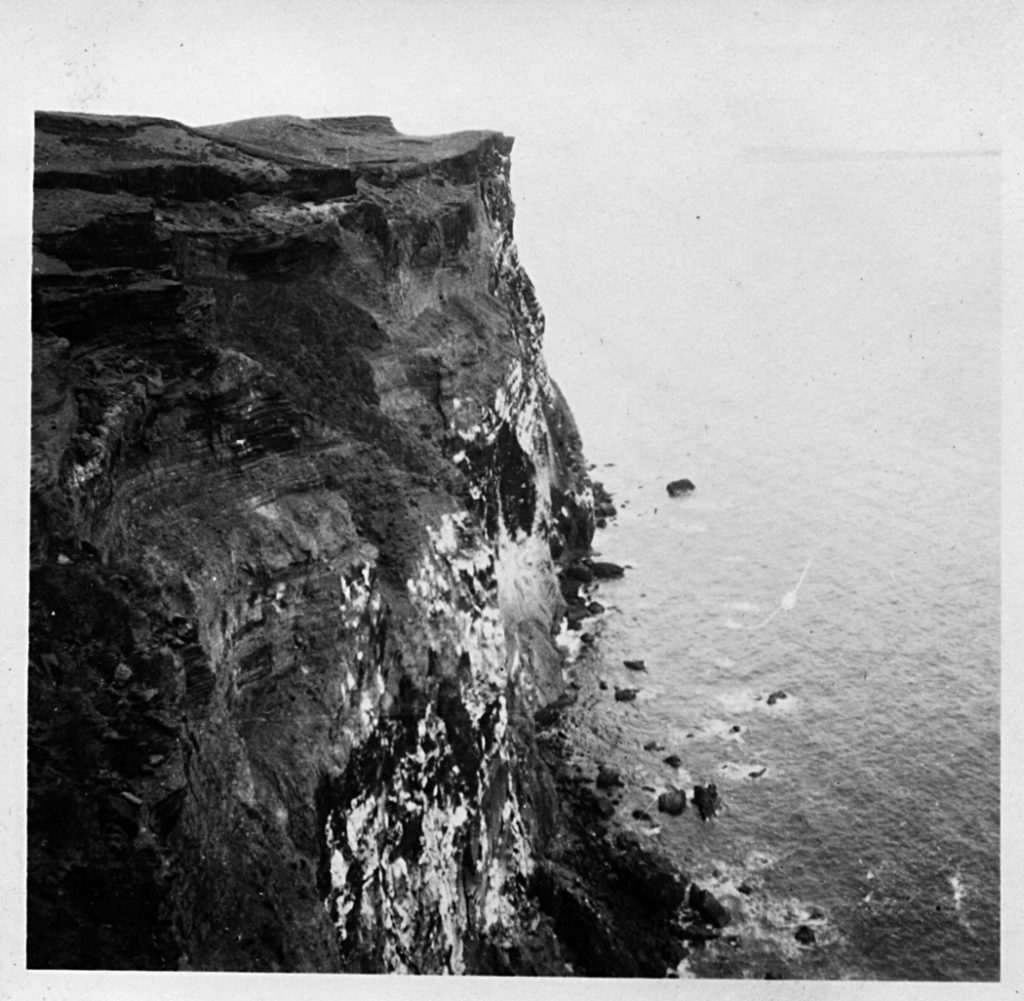
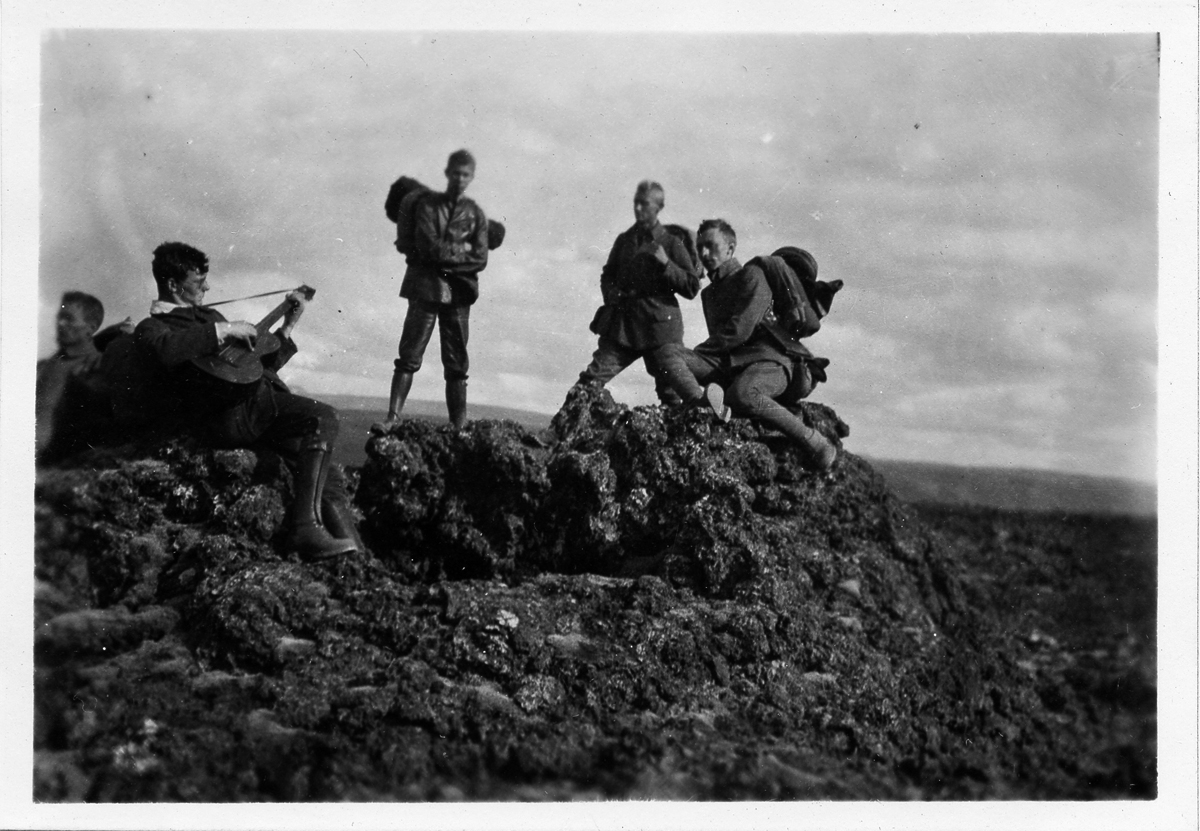
The typical account includes: the dramatic landscape and history at the ancient seat of government in Thingvellir; impatience at the geyser and activating Strokkur by throwing in turf clods; the strangeness of lava fields; the excellence of Icelandic ponies; the stuffiness of Icelandic houses and eider duvets; the Icelanders’ quaint attire; and Icelandic’s lovely sound but difficult grammar. Almost every visitor agrees that skyr, similar to yogurt, and Icelandic coffee and cakes are tasty, while the smoked mutton, dried fish, and hard breads are endured only because there is nothing else to eat unless one has brought tinned foods from home. (Carol Huebscher Rhoades, Literature of Travel and Exploration, An Encyclopedia).
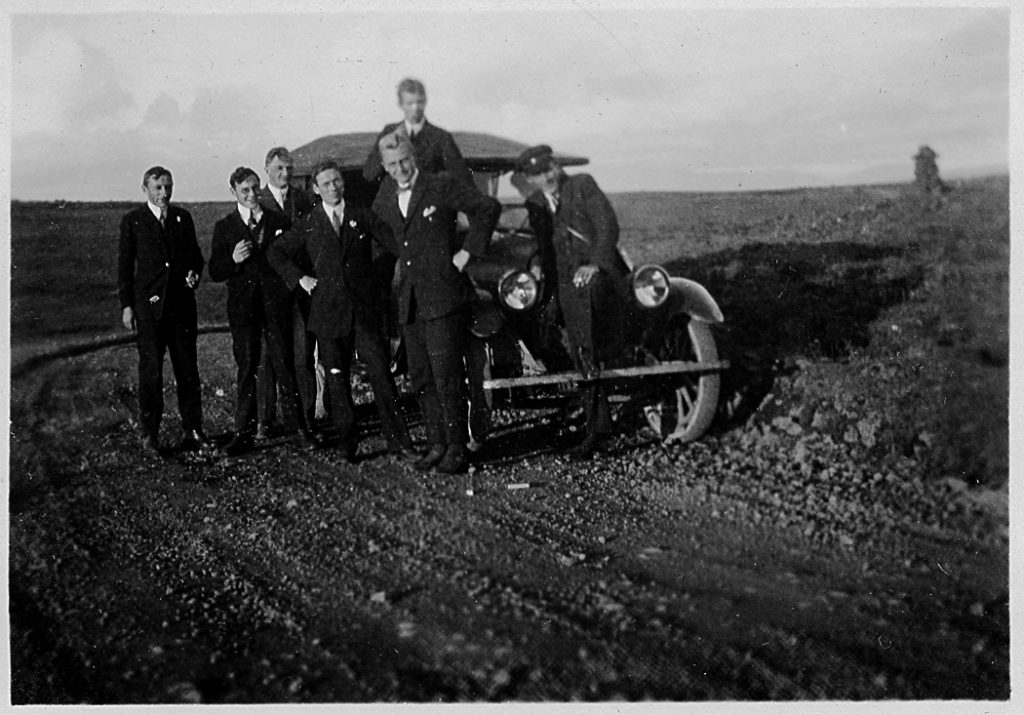

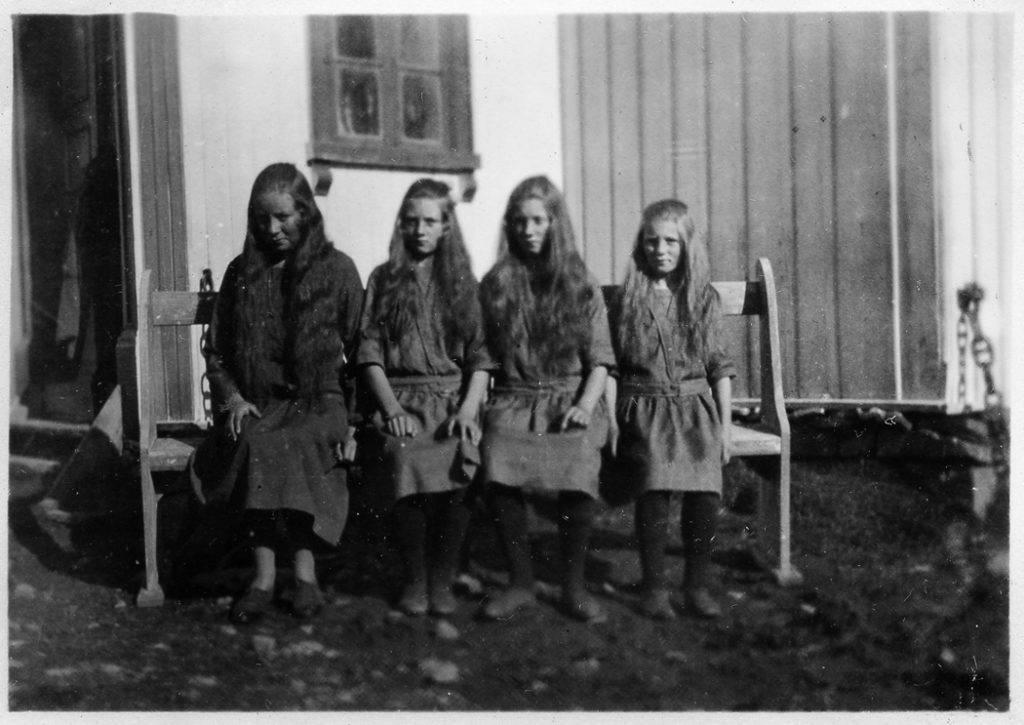
My father appends a short book list to his journal comprising four items (all by German writers), presumably studied in advance and consulted in the course of his trip. In several journal entries, he discusses the hostile reception in Iceland of another book then hot off the presses in Germany, Adrian Mohr’s Was ich in Island Sah, less a travel account than a wide-ranging description of the country in its various aspects. My father seems not to have read Mohr’s book himself, though at the time it was causing such a stir throughout Iceland that he was repeatedly engaged in conversations about it with Icelanders he encountered, and from them absorbed second-hand an overall (though certainly biased) sense of its drift
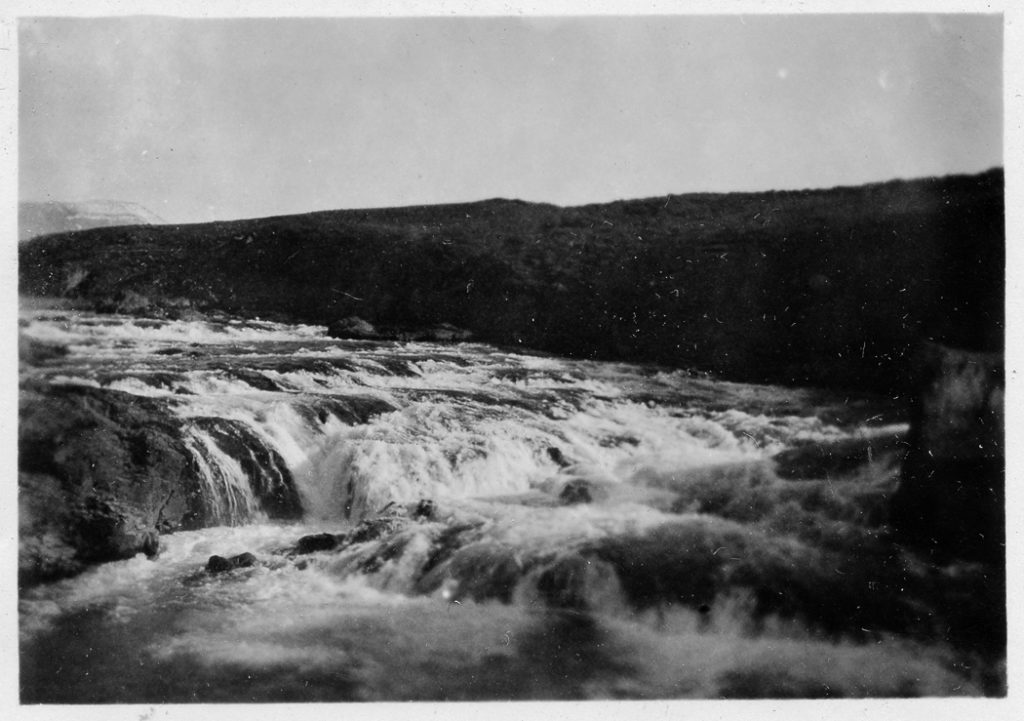
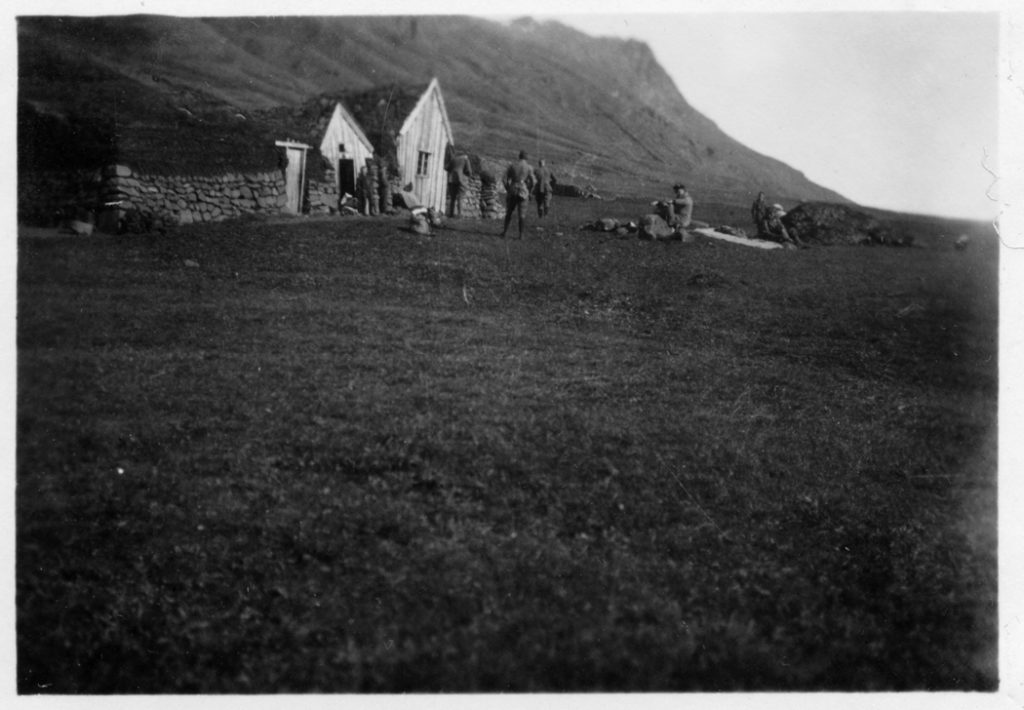

My father’s journal of his 1925 trek through Iceland, then—though never intended for publication—assumes its place in an established tradition of Icelandic travel literature. And, though unique in important ways, it conforms notably to the generalized scheme cited above. What was the fascination this small, historically obscure North Atlantic island exercised over such a varied and illustrious set of adventuresome travelers? In the 19 th and early 20 th centuries, it remained difficult of access, and—compared to the industrialized countries from which most travelers came to it—still backward in many ways. In 1854, Pliny Miles posed the conundrum thus: And this is Iceland!—but I see no ice. This is the island that is shown to us in our geographical books and maps, as a small white spot on the borders of the Arctic Ocean, and described as a cold, dreary, and uninteresting region, inhabited by a few dwarfish and ignorant people, who have little knowledge of the world, and of whom little is 2 known
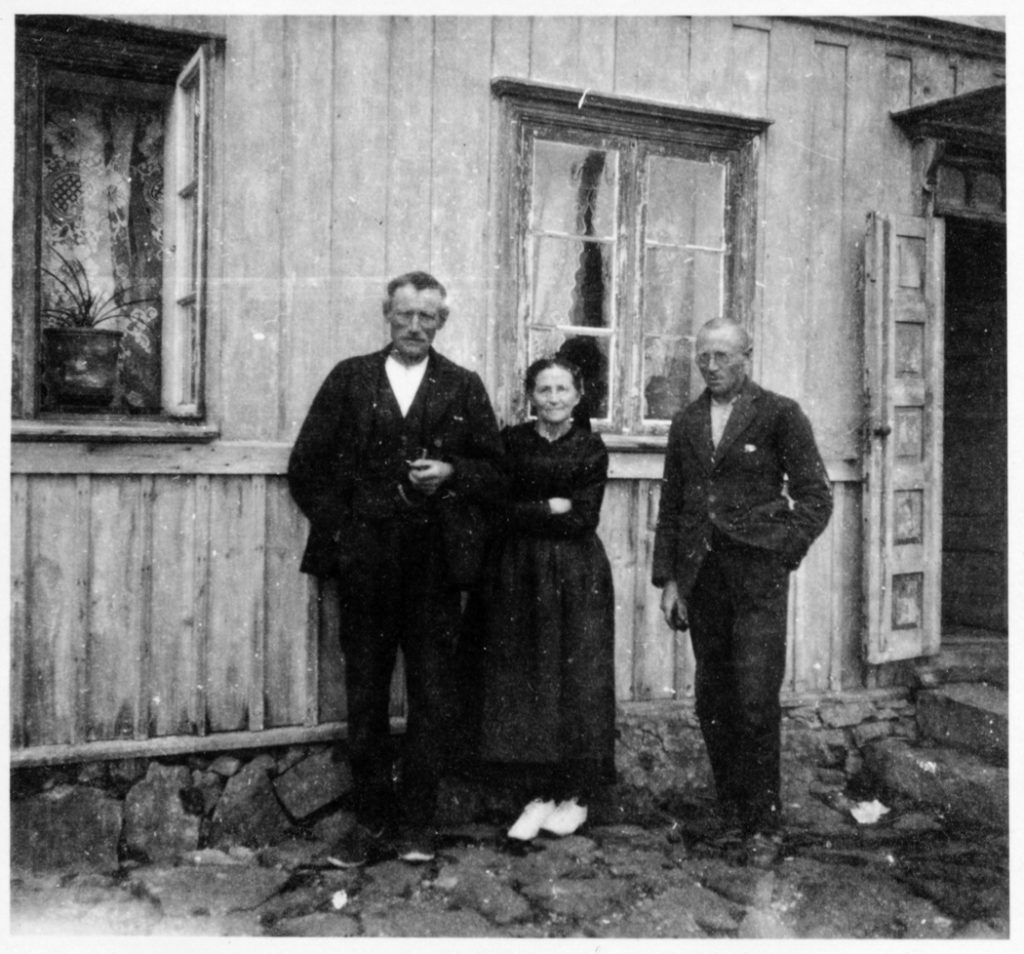
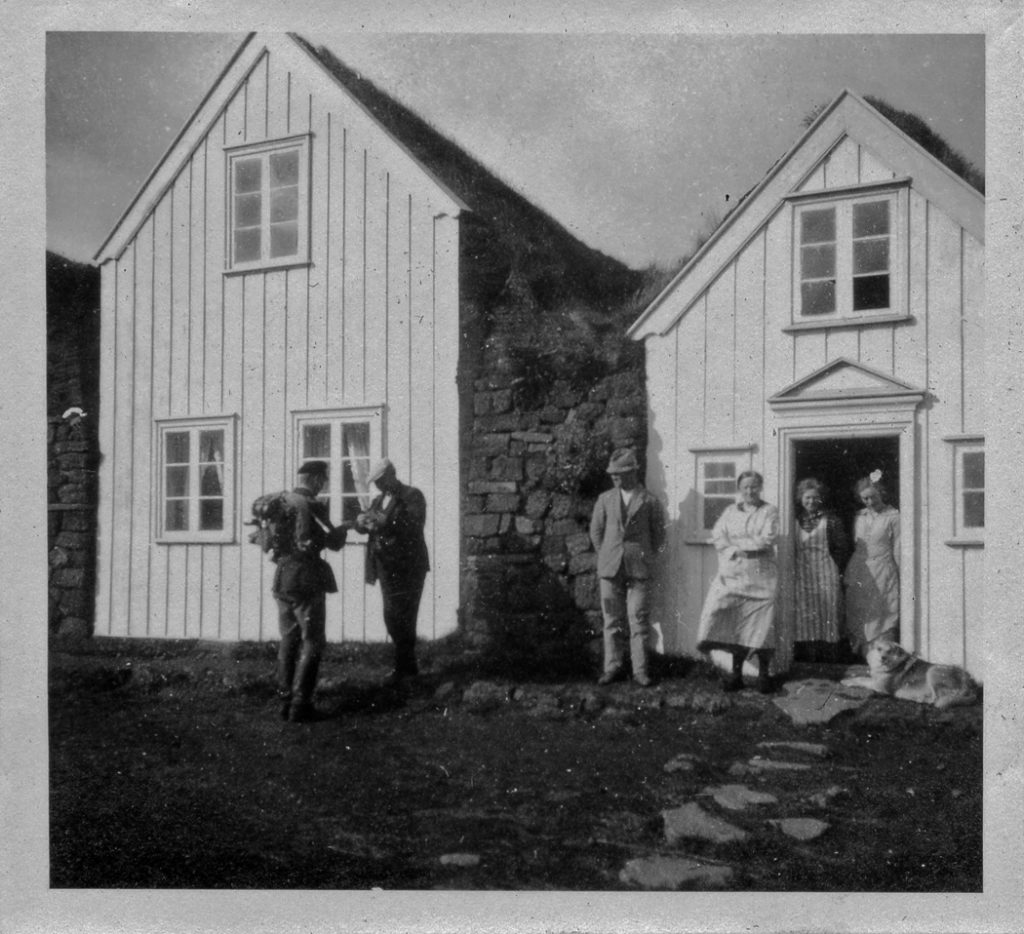

The names of one or two of its mountains are given, and some place is mentioned as its capital or largest town. That the country itself, or any thing that is to be found here, is worth a journey to see, or that the history or habits of the people possess any degree of interest, has not, probably, crossed the minds of a thousand persons. There is, however, a vague tradition, and some persons actually believe that the Icelanders, or some other people from among the northern nations, once sailed to the American shores prior to the voyages of Columbus.
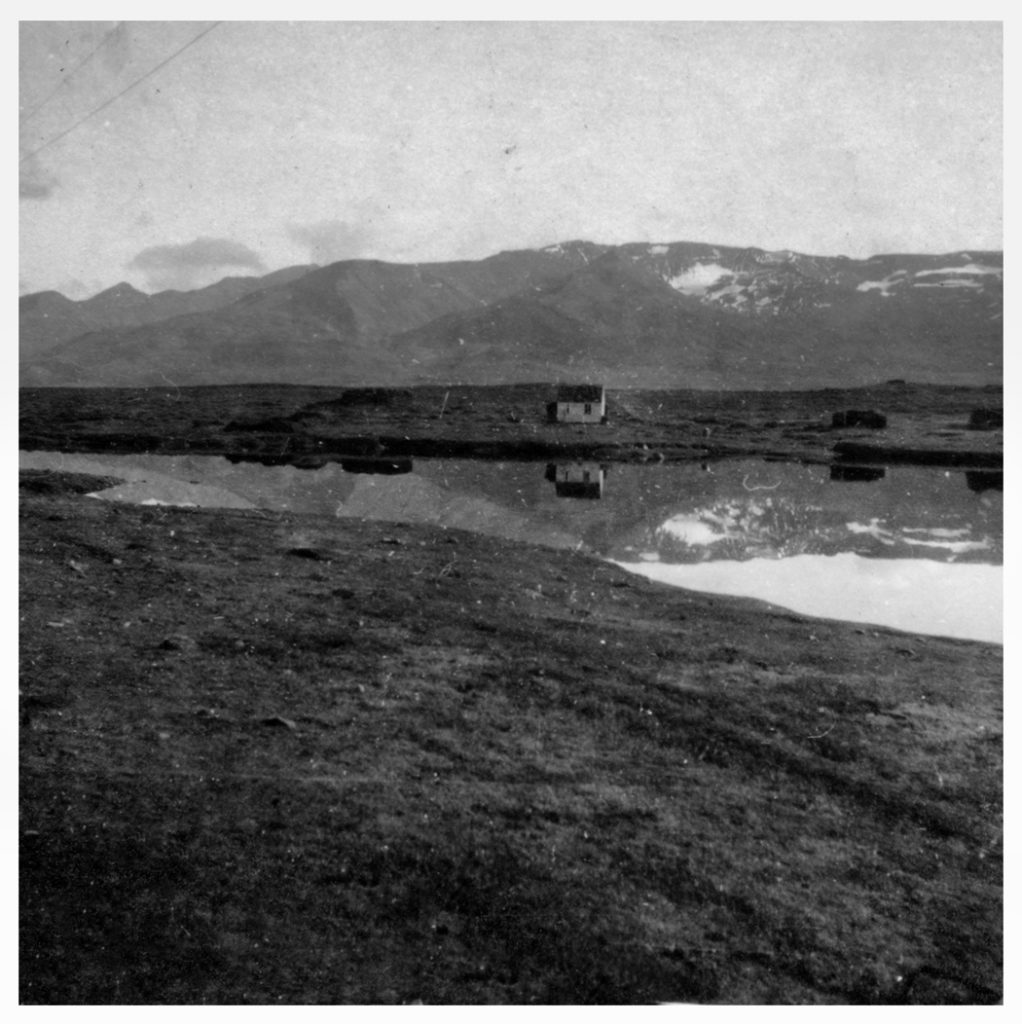
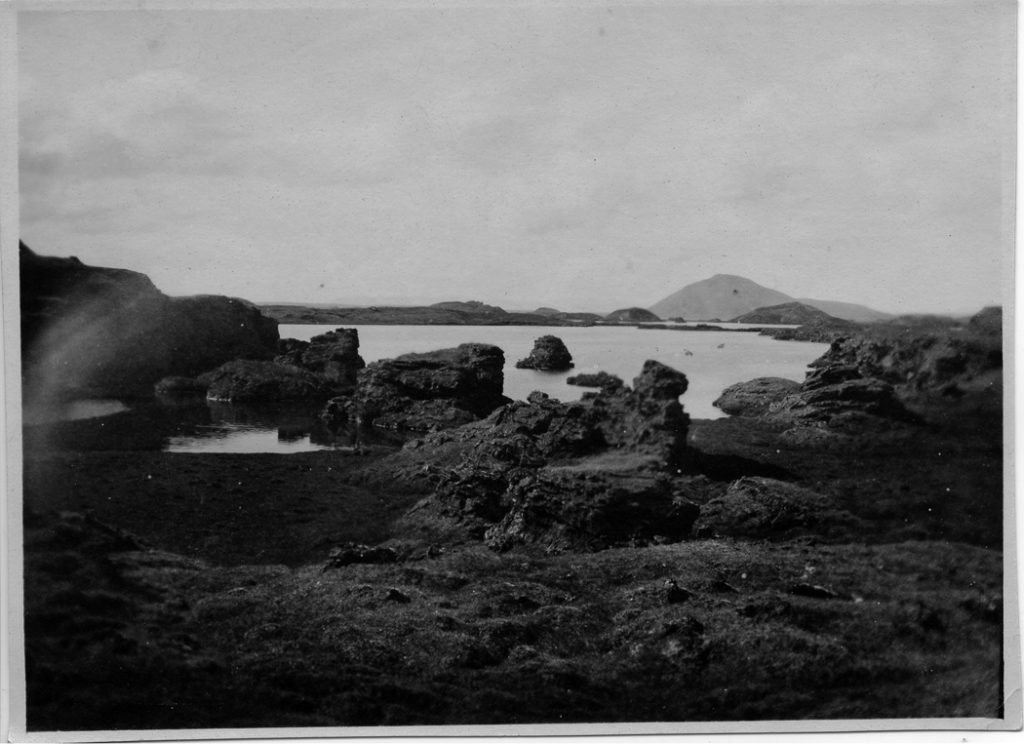
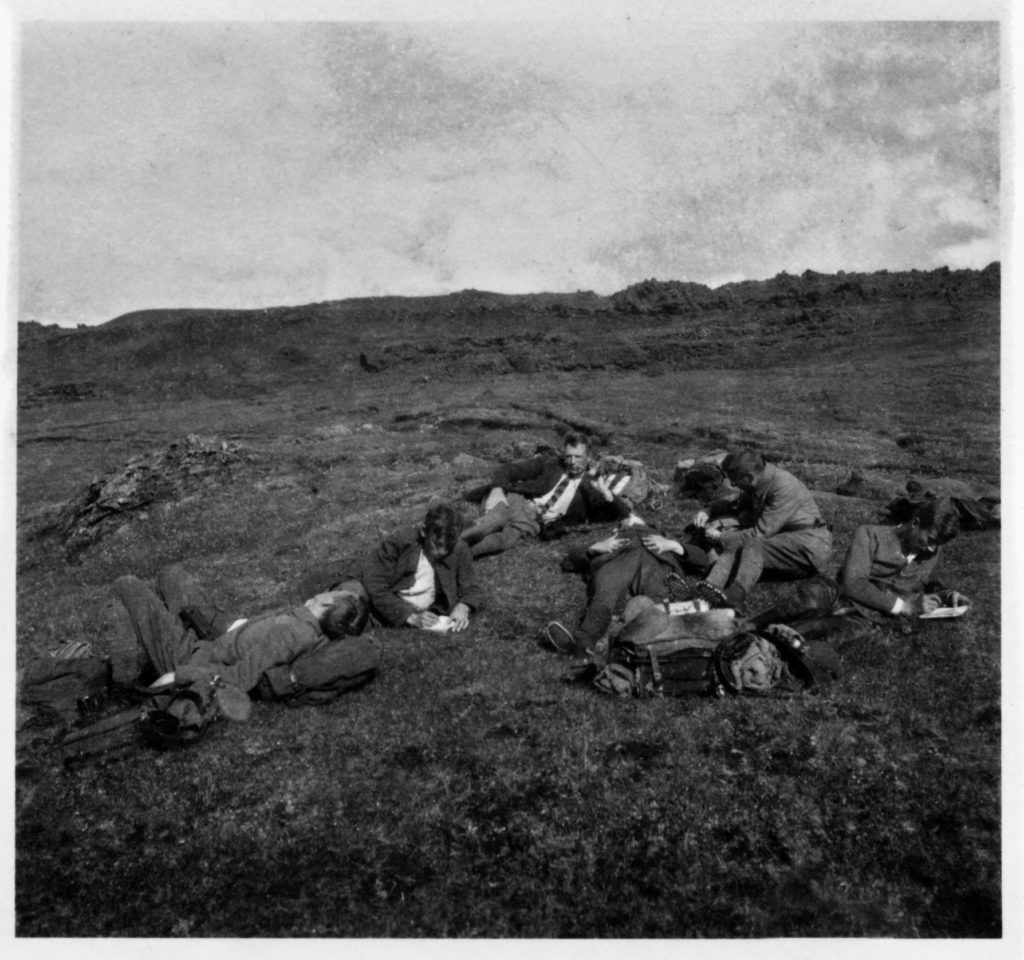
What may be the prominent characteristics of this Ultima Thule—this farthest land—what its productions are, how extensive the country, how numerous the population, and how the people live, there have been few means of knowing. But Iceland is not a myth, it is actual and real, a solid portion of the earth’s surface. It is not, either, what every one supposes, nor what we have reason to believe it is, from its name, its location, and the meager descriptions we have had of it. But it has not been thought advisable to leave this country entirely alone, especially in an age of travel and discovery like the present.
Ultima Thule, the title Richard Burton gave his 1875 book about Iceland, was a classical designation harkening back to the 4 th c. B.C. explorer Pytheas’s description of an island, Thule, “six day’s sail north of Britain.” Pytheas’s long-lost text was preserved only in fragments and in citations by other authors, and whether “Thule” referred to a real or a fictional location has remained in doubt. By the Middle Ages, Thule was regularly identified specifically as Iceland; in common usage, also, the phrase Ultima Thule came to designate somewhat vaguely a far-flung, even mythical place somewhere to the north, beyond the reaches of the known world. Some of the draw of this obscure place, then, was surely the sheer lure of the exotic. Iceland is distinguished as well by the unique and very active geology that has determined its formation and continues to shape and reshape its geography. The island is an elevated segment of the mid-Atlantic ridge, the rift between the North-American and the Eurasian plates, which are continuously drifting apart: the North-American, westward, the Eurasian, eastward. Beneath the island rises the Iceland plume, an anomalous upwelling of hot rock responsible for the island’s volcanism and its celebrated geothermal features—geysers, hot springs, and bubbling mud-pots.


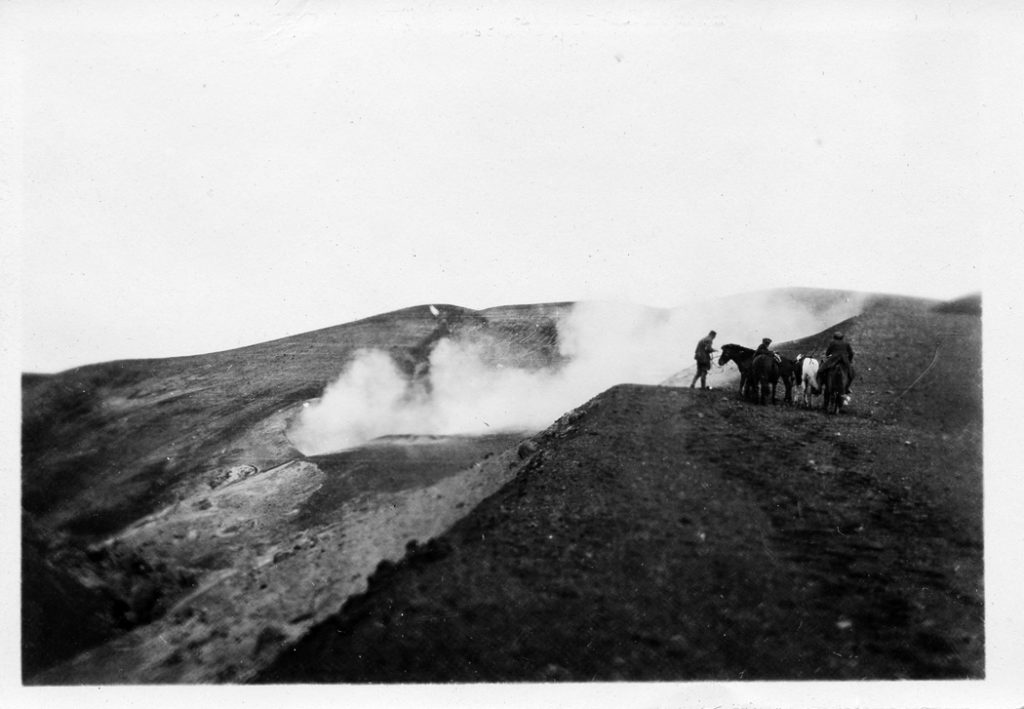
Even more renowned abroad than the island’s geography has been its literature, the sagas and Eddas of the Norsemen who settled the island in the 9 th century—a literature astonishingly vast considering the tiny population that produced and preserved it. Many of the visitors to Iceland in the 19 th century came specifically in search of the actual locales where the fabulous episodes of those sagas had supposedly taken place. So if these expeditions increasingly resulted in published, saleable books, Iceland—both mythical and real—had obviously begun to exert an equivalent fascination on an even larger circle of readers at home—armchair adventurers relishing from the comfort of their cozy libraries descriptions of natural wonders, scenes from the sagas, and tales of the logistical hardships travel across Iceland then entailed. 3 On April 1, 1925, my father had been promoted at the University of Hamburg from Lecturer to Associate Professor of mathematics.
He had turned 27 just the previous month, and this extraordinary promotion was the fledgling University’s preemptive move to prevent losing such a rising star of mathematics to offers elsewhere, offers that were in fact forthcoming. Though he was already doing ground-breaking work in his field, my father’s interests were unusually broad. In his teens, his overriding passion had been chemistry, not mathematics; he was also keenly interested in astronomy. As a student at Leipzig, and later at Göttingen, he had studied physics, and indeed at Hamburg, he taught relativity theory in addition to mathematics. He was a proficient keyboard player, and formed a close friendship with the Hamburg organ builder and author Hans Henny Jahn. He owned a double manual harpsichord, a clavichord, a piano, and (following his emigration to the United States) a Hammond B-3 organ, whose pedal-board he extended so he could play the works of J. S. Bach. He was also an accomplished flautist.
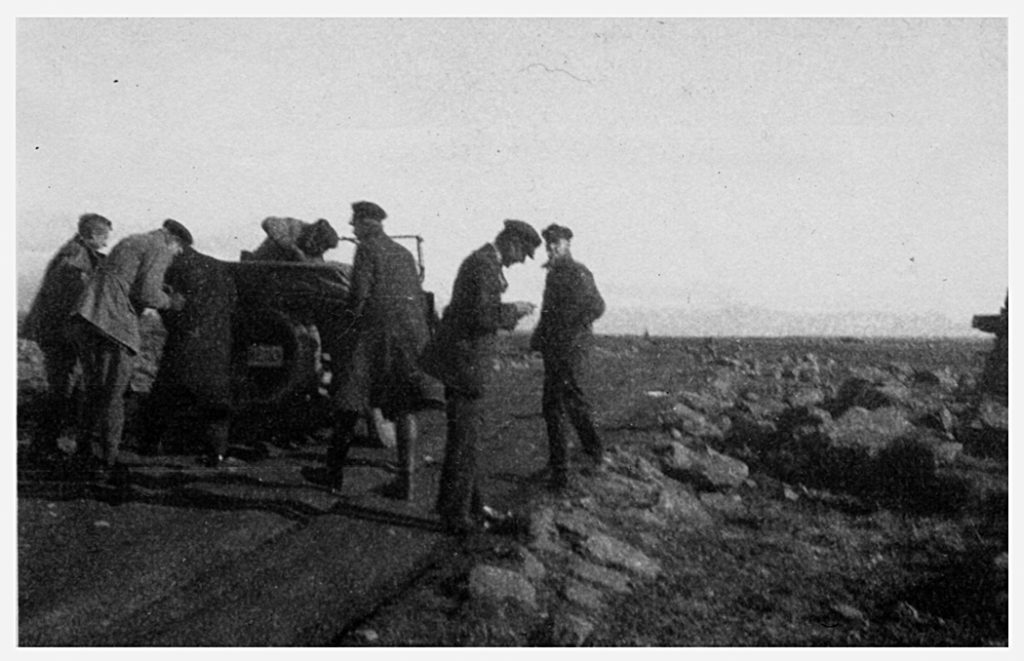
The Artin residence in Hamburg (like the later Artin residences in Bloomington and Princeton) was regularly the venue of chamber music, often including the medical student Heinz Klinger, who had taken part in the Iceland trek, and one of my father’s closest Hamburg friends, the expressionist painter Heinrich Stegemann, also an amateur flautist, who made fine portraits of both my father and my mother, Natascha, as well as of my siblings, Karin and Michael. Fascination with earth sciences generally and geology in particular was a primary motivation, early in the summer following his promotion, for my father’s mapping a trip to Iceland. His journal regularly records geological observations, and in a 1973 memoire Heinz Klinger recounts my father’s scientific explanation of the Aurora Borealis witnessed on numerous occasions. “Artin was able to explain the phenomenon to us: electrons ejected from the sun collide with nitrogen particles in the atmosphere, causing them to glow. When a surge of electrons passes, the luminescence slowly subsides.
It turns dark night, until a fresh surge reaches the atmosphere.” Klinger tells us it was at Whitsuntide in 1925 that he had met “the brilliant mathematician Dr. Emil Artin” at a Wandervogel Congress in Wilhelmshausen, near Kassel. It is unknown whether my father’s association with the Wandervogel movement was long- standing or simply ad hoc. The movement itself had by then splintered into several separate groups. What is known is that he became a member of the Dresden based Vereinigung der Islandfreunde (Association of the Friends of Iceland). He may have been drawn to the Wandervogel Congress specifically to assemble a troupe of like- minded young men to undertake the expedition to Iceland he had dreamed up. Aside from Heinz Klinger, my father enlisted Karl Hoede, like Klinger a medical student, Otto Holfelder, an engineering student, and A(dolfo) Artur Kuhnert, an aspiring author. The other two—referred to in the journal only as Volkmar and Dolling—are identified in a brief contemporaneous account of the trek in an Icelandic newspaper as Volkmar Bartels and Helmut Knippenberg, known by a family nickname, Dolling. 4 These seven young men were musically adept, and the plan they carried out entailed smoothing passage through the unfamiliar Icelandic social landscape by performing for their hosts as a musical ensemble—singing for their supper, as it were, often literally.
The isolated farm families with whom they lodged had little access to entertainment of any kind except what they could provide for themselves, and must have been especially grateful for these impromptu concerts in their homes, which they often invited neighboring farmers to share. From Klinger’s narrative we learn that both he and Karl Hoede played violins, and that two other members of the group played guitars. My father played whatever keyboard instrument came to hand—usually, a harmonium. The remaining two we guess contributed vocal talents. From the start, my father must have intended to document his expedition by keeping a journal. Its initial entry—made in a small note-book, bound simply in black oil-cloth, with ninety-four 10cm x 16cm pages ruled as graph paper in 4mm squares—records their 3:00 pm departure from Hamburg on August 8, 1925; thereafter each day’s events are conscientiously entered as the adventure unfolds.
Under the frequently adverse conditions of the trek, faithfully adhering to writing these daily narratives must have required dedication. A charming photo shows 6 members of the expedition (the seventh must have been taking the shot) lying on the ground in various attitudes of repose, lying among their scattered gear during a rest-stop along the lava-strewn eastern shore of Lake Mývatn. One of the trekkers employs his pack as a pillow; another seems to be writing a letter; a third, in jacket and tie, lies on his side, propped on one elbow, meditatively smoking a pipe; a fourth is stretched out full-length on his back, to all appearances dead to the world. My father is seen lying—also propped on one elbow—intently penciling an entry into his journal. The Iceland trek was surely a significant event in my father’s life. Several months after his return, he wrote to a mathematical colleague at Halle, Oh, there’s one thing more I have to tell you about—my summer trip.
I got the notion to travel to Iceland. Now that really turned out to be rewarding. At the beginning of August, we went by ship to Bergen, and from there to the north coast of Iceland. The first part of the trip was a hike to Mývatn, the “Lake of Midges.” Mývatn is one of the most beautiful places on the island, and is the center of its volcanism. From there, to Akureyri, the largest “city” in northern Iceland, and thence, a hike through the basalt mountains of the Skagafjord. Then by ship to Reykjavik, from there, excursions to Thingvellir, the site of the ancient Allthing. All told, 450 km on foot, which did me a world of good. It was beautiful beyond all measure. When we see each other next, I’ll tell you about it in more detail. From Reykjavik back to Bergen, then by train to Oslo, and from there by ship to Frederikshavn. As a former naval officer, you’ll laugh at me as a land rat, of course. But never again the Skagerrak! That was awful.
On the Atlantic, the whole trip to Iceland, I was never seasick; but in the Skagerrak it caught up with me. My condition was dreadful. Brr! So, about my many Iceland 5 experiences when next we meet. Just one thing: do you know how eggs are cooked in Iceland? You take your eggs and a pot of cold water to a geyser. Then you wait for the next eruption of the geyser, and toss the eggs into the water spout. They dance up and down atop the boiling hot spout. Since the eruption lasts exactly 3 minutes, they get cooked to just the state of a nice soft plum. The spout sinks slowly, the eggs with it, and you catch the eggs in the pot of cold water to shock them. That’s how it’s done! OK, a harmless tall tale. He always spoke of this trip with enthusiasm, and had even entertained the idea of returning to Iceland, though that plan never materialized.
My father and several of the others had brought along simple cameras; among them, they took around 150 photographs. On their return, the films were developed and multiple small contact prints made which the trekkers exchanged with one another so that each presumably had a complete set of the trip’s photographic record. My father mounted his own photos in an album in which they were preserved well into the 21 st century. The copies of his friends’ photographs were also preserved, though over the years they had come to be kept somewhat loosely in a more or less shuffled deck, relegated ultimately to a box in the attic, and forgotten. Finding the Journal Following my father’s death in 1962, both the journal and the photographs remained in the possession of my mother, Natascha Artin Brunswick.
On her death in 2003, they came into my possession. The journal was found in a filing cabinet; the album containing my father’s Iceland photographs, in a bookcase among other photograph albums. The loose photographs—those taken by other members of the Wandervogel group—narrowly escaped being tossed into the dumpster. They had wound up in a small, unmarked cardboard box full of miscellaneous unsorted letters and snapshots in one of the several attics in my mother’s sprawling residence in Princeton, which the Artin family had moved into in 1946. At first glance the box, which came to light only near the end of weeks of emptying this house my mother had occupied for over half a century, appeared to contain nothing worth saving.
For one thing, it was uncharacteristic of her to toss significant letters, still folded, some crumpled, and photos, helter-skelter together into an unmarked box. I nearly discarded the box without bothering to see what it held. At the bottom of this box, however, I came across a small photo, not much larger than a postage stamp, of a young girl, a bow in her hair, holding a doll. One corner had been torn away. I studied the photo blankly, and, not recognizing the subject, decided to discard it—a long-forgotten memento of some unidentifiable child. By chance, I turned it over and noticed on the back the inscription “1917.” I pondered the date.
Then it struck me: 1917 was the year of the Russian Revolution, the year my mother’s family had fled St. Petersburg because my grandfather was an active Menshevik. I looked again. The little girl with the bow in her hair holding the doll was Natascha, and thus this was (except for a tiny hand-colored photo of her as a baby set into a dime-sized pin in my sister’s possession), the earliest extant photograph of her. Just when in that 6 fateful year, and under what circumstances the little photo had been taken is unknowable. I do know that the day the 1917 Revolution broke out in St. Petersburg, that little girl had dodged bullets fired from the rooftops along her way home from school. Looking further through the miscellany in this small box, I found stacks of pictures wrapped haphazardly in a clear plastic bag that I dimly recognized as images of Iceland, although at the time, I knew little about my father’s trip, and nothing about the contents of his journal.
Honestly, these myriad tiny, black & white contact prints, taken with indifferent cameras from the first quarter of the 20 th century, looked materially no different from those filling the Iceland photograph album. I asked myself—rhetorically— just how many small, indifferent pictures of unidentified locations in an obscure, distant land none of us had been to or knew much about, how many snap-shots of persons unknown to us we really needed to pass down intact to posterity. Conscientiously, though (after brief inner debate between better and worse angels), I did add these to the photographs in the album, and took them and the journal (along with numerous boxes of family documents and correspondence) home with me to be—God only knew when, but eventually, I resolved—identified, sorted, and filed. Months passed before it occurred to me to look at the journal.
I quickly found that the entries, made in a neat, certainly legible, but miniscule hand, were tedious to read at length. To conserve space in the notebook, my father must have been at pains to miniaturize his script, although in the event, no more than a third of its pages were filled by the time he brought his narrative to its conclusion. My first job would be to transcribe the text to make it readily legible. The draft transcription took about a month and a half to complete, and this scrutiny of the text familiarized me with the details of the trek in a way a simple reading wouldn’t have. Study of maps of Iceland to trace the route of the trek, and research into the history and geography of the various sites described in the journal led to a growing fascination not only with my father’s youthful excursion, but with the geography and history of Iceland itself. I began studying the photographs in an effort to identify and sort them. Some were numbered in pencil on the back; a few had identifying captions. These were clues that permitted ordering a portion of the photographs into a rough sequence, although it was still impossible to identify or place most of those that were unmarked. Gradually, however, aided by one clue or another, more and more of even the unmarked photographs did fall into their places along the trekkers’ route. Most thrilling was the discovery of the photograph described above in which my father is seen making an entry in the very journal I was transcribing.
Nearly as thrilling was the narrative of the sheep rescued from the sheer cliff-face on Drangey, and then discovering a photograph of the rescue, complete with strayed sheep. Reading the details of the often arduous and rain-soaked conditions of their trek, and then seeing the 7 trekkers dressed for the occasion in jackets and ties still amuses me, and shows graphically the difference in mores between that time and this. Each new site identified, each new sequential ordering among what had been just randomly mixed, seemingly undistinguished and indistinguishable pictures, like scattered jig-saw puzzle pieces, came with its measure of satisfaction and delight. Though by way of research I read widely about Iceland and the Wandervogel movement, it soon became clear that I needed to visit Iceland and trace the route of my father’s expedition to truly grasp the matter of the journal. In early September, 2008—more or less midway in the time period of their original eight week trek—I traveled to Iceland intending to visit the sites mentioned in the journal, and to photograph not only scenes my father and his companions had recorded, but whatever other subjects might present themselves along the route.
Viewing the locales of the trek first-hand solved the mystery of most of the remaining photographs. It was thrilling suddenly to see in reality towns and geographical features I was familiar with from the tiny photographs, but had been unable to identify and supply with a name. I spent nine days in Iceland, traveling in a rented Toyota Rav-4, a very much less taxing mode of travel than on foot in hob-nail boots. From Keflavik, I drove the Ring Road, aka Route 1, making a counter-clockwise circuit of the island. Reaching the East Fjord ports, at which the ship carrying the trekkers had called before they disembarked at Husavik, entailed leaving the Ring Road temporarily at the eastern end of the circuit. Though it is a two-lane highway, and even unpaved for stretches, the Ring Road has a smooth, well-maintained surface, easily driven.
There are no shoulders, though, and pull-outs appear only at infrequent intervals; throughout its course, the roadbed is raised from between 3 and 30 feet above surrounding grade. Making a photograph usually required stopping the car directly in the roadway. At that time of year, just past tourist season, I could drive for hours without seeing another car—essential, since much of my photography had to be snatched catch-as-catch-can through the driver’s window, or standing in the middle of the road, car door open and engine running—nerve-racking, but workable. My father and his Wandervogel companions had landed first in several of the East Fjord towns, then sailed on around Langanes in the Northeast corner of the island to disembark at Husavik. My drive from Seyðisfjörður in the East Fjords across the highland desert to Husavik brought me to sights they had necessarily missed, notably Dettifoss, largest waterfall in Europe. They had indeed seen (and photographed) the somewhat smaller, though also impressive and beautiful Goðafoss, but nothing quite prepares one for the prodigious Dettifoss—the relentless thunder of the tons of falling water that gives the bodily sensation of earthquake, the astonishing mass of the water in free fall 144 feet straight down, crashing between vertical canyon walls into the river bed below.
Likewise, at the far end of their route through the north of Iceland, the Wandervogel troupe (heeding strong advice from locals not to attempt a trek across highlands which, at that time of year, might already be snow-bound) boarded a steamer from Siglufjörður 8 that took them around the Westfjords peninsula to Reykjavik, whereas I drove down through countryside which—again—they had no occasion to see. This stretch included notably the wonderful Glaumbær Farm Museum, the quick climb up Grábrók, a small, dormant volcano with a dramatic view both into its crater and across the Icelandic landscape in 360⁰, and the lovely route around Hvalfjörður (avoiding the more efficient but charmless modern tunnel) shortly before reaching Reykjavik. Once ensconced in my hotel in the capital (located by chance directly across the street from the Salvation Army hostel my father and his companions had taken lodgings in, still fully in operation), I resumed the trekkers’ route out to Thingvellir, seat of the Icelandic Parliament from the 10 th century onwards, as well as to Geysir and Strokkur.
My trip to these sites contrasted less starkly with theirs of 83 years before since they had in fact hired a car for the excursion—a black, very rectangular Chevrolet of the period—into which all seven (plus driver) had shoe-horned themselves, nattily attired, as usual, in jackets and ties. By my father’s calculation, the Wandervögel had covered 450 kilometers (roughly 280 miles) on foot through a land that was, in 1925 (well before the stationing of British and American troops during WWII radically transformed the Icelandic economy and infrastructure) primitive by European standards, with neither trains nor even very serviceable roads.

They had trekked through drizzle and downpour, slept in barns on straw and hay piles as often as in beds, forded bone-chilling streams and rivers, and sustained mishaps and injuries along the way. Though quite an adventure for these seven bright, sophisticated young academics, this trek through Iceland hardly rivals an ascent of Everest, a voyage down the Congo into the Heart of Darkness, or a circumnavigation of the globe. Nonetheless to these seven young enthusiasts it was an adventure, and Emil Artin’s Journal of its stations and events is a valuable document for the insight it offers into the mind—in its breadth of curiosity and wealth of observations—of a brilliant mathematician at the threshold of the most intensely creative period of his illustrious career.
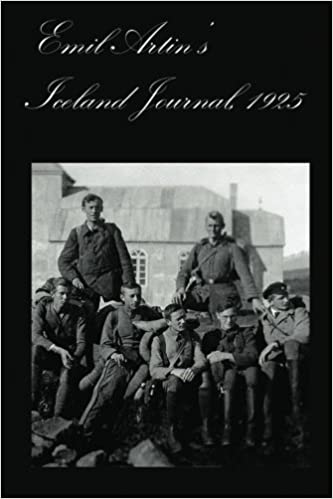
Tom’s sister Karin Tate translated their father Emil Artin’s leather-bound journal from German into English, after Tom found the diary, along with small, original prints taken by Emil, in their home in Princeton, New Jersey. Learn more about the book and view some of the photos here, some which Tom recreated in 200X
- Artin Arts
- 624 Main Street Sparkill, NY 10976
QUICK LINKS
Contact